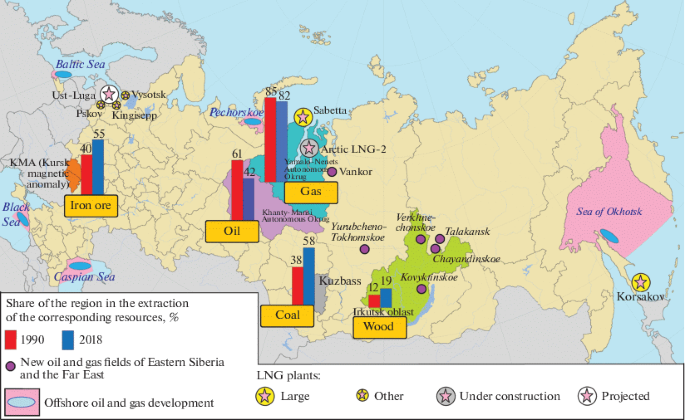The Russian government’s recent announcement to bring in one million Indian workers by the end of 2025 is not just a labor recruitment strategy; it is a glaring indictment of the systemic issues surrounding labor rights and exploitation. As reported by the Ural Chamber of Commerce and Industry, this initiative aims to address labor shortages in the industrial regions, particularly Sverdlovsk, which is facing a crisis in skilled labor availability.
Labor Shortage Crisis in Russia
According to Izvestia, Russia is grappling with an acute shortage of approximately 4.8 million workers as of late 2023. The situation has worsened due to the ongoing conflict in Ukraine, which has siphoned off many skilled workers into military service, leaving industrial enterprises scrambling for manpower. Andrey Besedin, head of the Ural Chamber of Commerce and Industry, highlighted that local youth are increasingly disinterested in factory jobs, further exacerbating the crisis.
The Role of Migrant Labor
The influx of Indian workers is framed as a solution to this pressing issue. However, the implications are far-reaching and troubling. As the Economic Times notes, the Russian Ministry of Labour predicts a workforce shortage of 3.1 million people by 2030. This anticipated shortfall has led to calls for increasing quotas for foreign workers, suggesting a potential over-reliance on migrant labor to fuel economic growth.

Russia short of around 4.8 million workers in 2023, crunch to persist ...
Risks of Exploitation and Abuse
While the recruitment of foreign workers can potentially benefit the economy, it also raises critical questions about workers" rights and protections. Migrants are often vulnerable to exploitation, particularly when they are brought in under conditions that lack proper oversight. Reports have emerged of migrant workers facing dire working conditions, inadequate wages, and insufficient legal protections in various sectors across Russia.
This situation is compounded by the tightening of migration laws in the aftermath of terrorist attacks in Moscow, which primarily target migrants from former Soviet republics. As the Russian government aims to streamline the influx of workers from nations like India, it is crucial to ensure that regulations are in place to protect these workers from potential abuses.
Global Labor Dynamics
The decision to seek labor from India reflects broader global labor dynamics, where countries with surplus labor are often seen as sources for filling gaps in nations experiencing labor shortages. This dynamic can create a cycle of dependency on migrant workers, leading to further marginalization of both local and migrant labor forces. The inclusion of workers from countries like Sri Lanka and North Korea, as mentioned by Besedin, adds another layer of complexity to the situation, opening the door to a workforce that may not be adequately protected or compensated.

Current Changes on the Industrial Map of Russia | Regional ...
The Economic Implications
For the Russian economy, this strategy could lead to short-term gains in productivity, but at what cost? The reliance on cheap labor undermines the broader goals of equitable economic development and social justice. By prioritizing immediate industrial needs over the rights and dignity of workers, Russia risks perpetuating a cycle of inequality and exploitation. The potential arrival of up to one million Indian workers, while intended to fill a gap, could also signify a deepening of economic disparities and a neglect of labor rights.
As we consider the future of labor in Russia and the implications of such policies, it is essential to advocate for frameworks that protect the rights of all workers, ensuring that economic growth does not come at the expense of human dignity. The focus should shift towards creating sustainable labor practices that empower workers, rather than relegating them to the status of mere commodities in an ever-expanding market.





![[Video] Trump clarifies warning on Venezuelan airspace, denies imminent airstrike](/_next/image?url=%2Fapi%2Fimage%2Fthumbnails%2Fthumbnail-1764566443219-7y8osh-thumbnail.jpg&w=3840&q=75)


